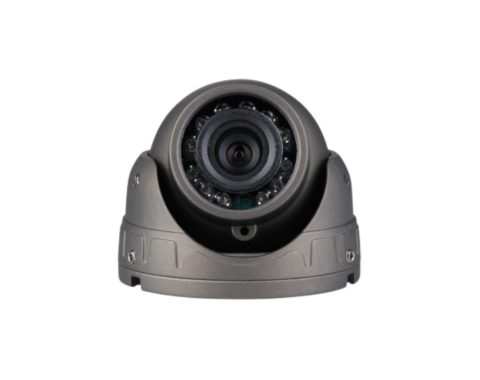What is AHD Cameras?
AHD camera also known Analog High Definition Camera, was developed to close the gap between analog systems and new HD systems. AHD camera can use exist analogue cameras cables in the project, usually with BNC connector/AV connectors/4PIn aviation M12 connectors. User can directly change the DVR and camera, the expensive cable-engineering can be ignored and work again. So users can save lots of cost and time to replace their old analogue cameras, usually 0.3MP, and enjoy high definition 2MP images quickly.

What difference from AHD camera with Analogue cameras?
The main advantages of AHD cameras compared to analogue cameras lie in the following aspects:
- High definition images: AHD cameras use high-definition video signal transmission, which can provide clearer and more delicate images, effectively avoiding problems such as blurry and unclear images in traditional analog cameras.
- Reliable quality: CCD sensors has stop produced over several years, so there is no analogue CCD sensors in the market. If your DVR only support analogue signal, our AHD cameras can be programmed to export 960H image to fit your DVR。
- Low Illumination sensitivity: AHD cameras have low light sensitivity and can capture clear and realistic images under low light conditions, effectively avoiding issues such as insufficient low light sensitivity in traditional analog cameras.
- Long transmission distance: AHD cameras use coaxial cables for transmission, which can achieve high-definition signal transmission over long distances, effectively avoiding the transmission distance limitations and signal attenuation issues of traditional analog cameras.
- Compatibility: AHD cameras can be mixed with traditional analog cameras to achieve upgrades and improvements to traditional analog cameras, improving system compatibility and scalability.
- Easy to operate: The operation of AHD cameras is the same as traditional analog cameras, plug and play, convenient and simple, reducing usage costs and improving utilization.
In summary, AHD cameras have advantages over traditional analog cameras such as higher clarity, wider dynamic range, lower illumination sensitivity, longer transmission distance, stronger compatibility, and easier operation.
What difference from AHD camera with IP cameras?
The main advantages of AHD cameras compared to IP cameras lie in the following aspects:
1. Image clarity: The AHD camera adopts advanced bright color separation, signal filtering, and 3D noise reduction technology, which has higher image clarity and better image restoration performance. Its maximum clarity can reach the full HD level of 1080P network high-definition, while the clarity of the IP camera may be lower.
2. Transmission distance: AHD cameras use coaxial transmission, with ordinary 75 to 5 wires up to 500 meters, which gives AHD cameras significant advantages in transmission distance.
3. Real time: The front-end data of the AHD camera has not been encoded and compressed to the back-end, which is fully real-time, high fidelity, and zero latency, making the real-time performance of the monitoring image higher.
4. Compatibility: AHD cameras are compatible with regular D1/960H and analog peripheral devices (including distributors, matrices, etc.), with good compatibility.
5. Ease of use: AHD cameras support OSD menu design, allowing users to set their desired functions as they please, making it more convenient to use.
6.Low Cost: Although AHD cameras have many advanced technologies and performance, their prices are relatively low, making them a cost-effective product.
7. High integration: The AHD camera uses a highly integrated AHD front-end chip, which makes the product more compact and efficient.
8. Open Standards: AHD is a third-party open standard that is compatible with AHD products from other manufacturers, which helps accelerate market advancement and technological innovation.
In summary, AHD cameras provide higher image clarity, longer transmission distance, better real-time performance, better compatibility, more convenient user experience, lower cost, higher integration, and more open standardization advantages on top of network cameras.
